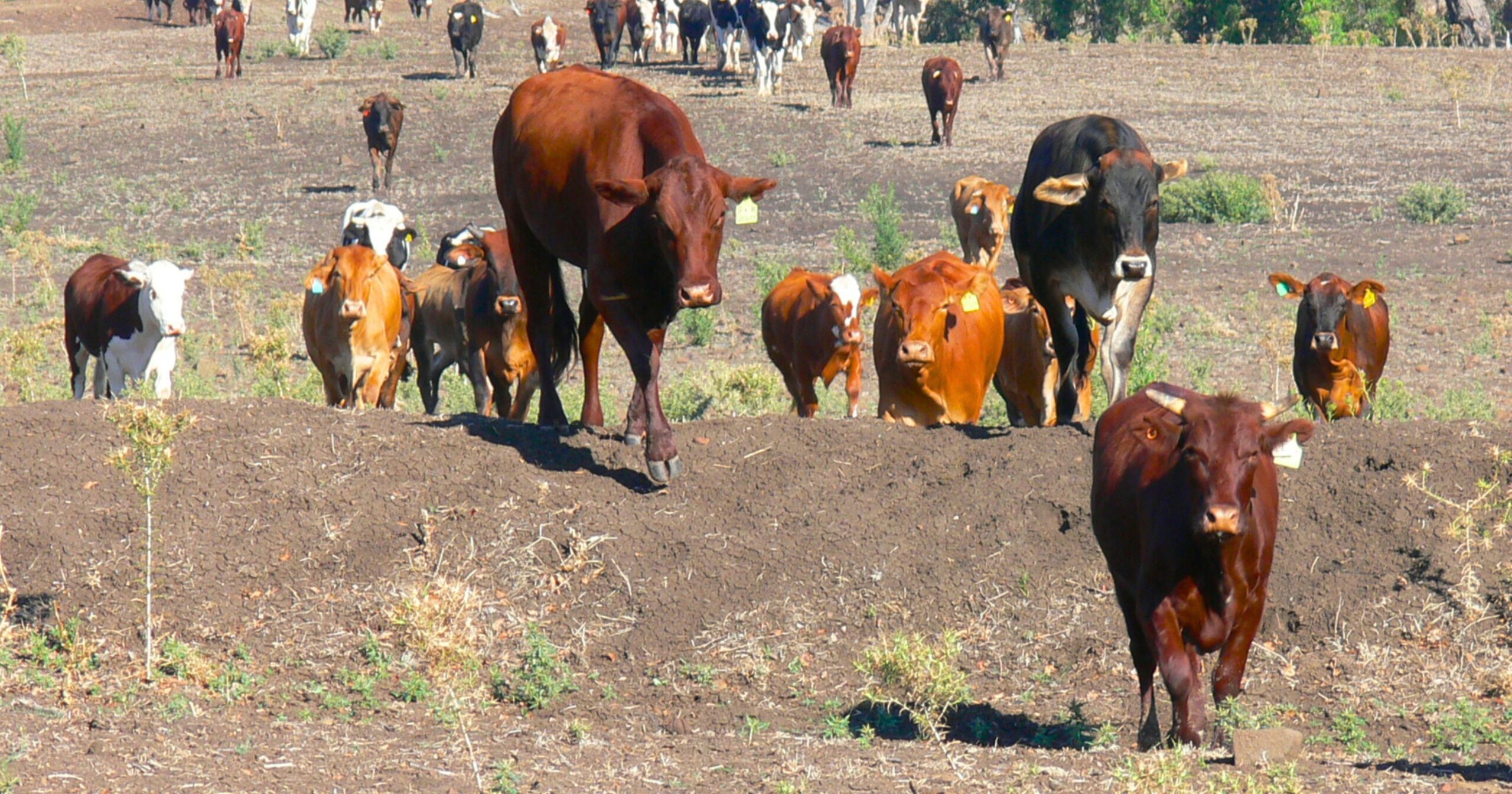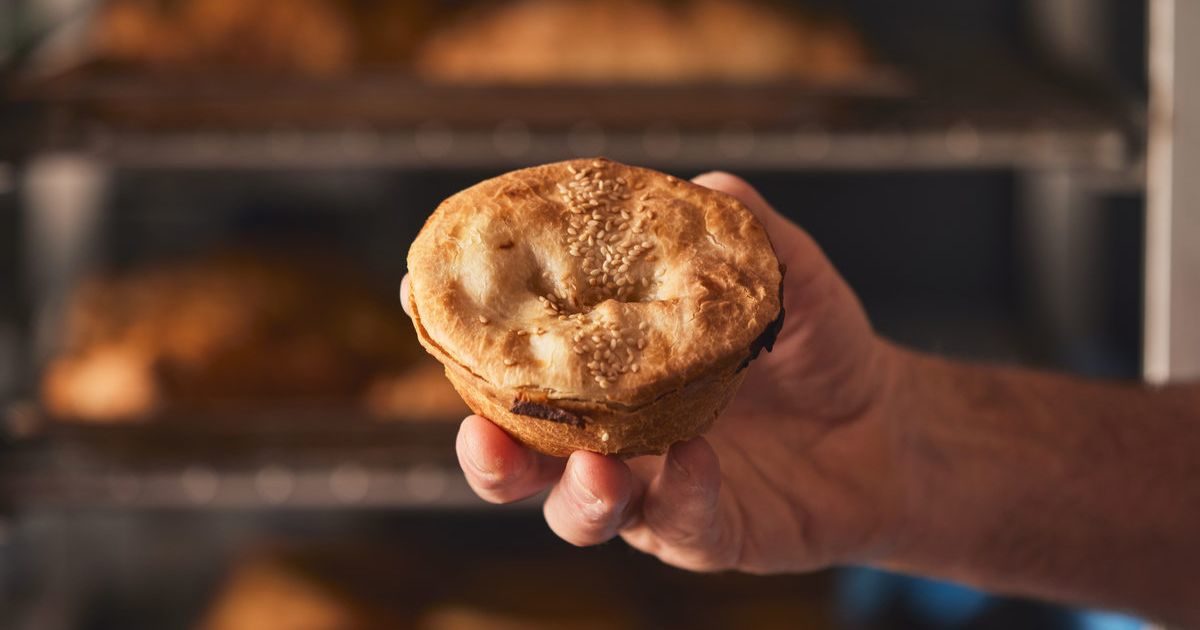Artwork of culture and country celebrates Capital

Storyteller: Artist Daikota Nelson has always been a creator and uses her art to connect with stories of the past for the future. Photo: ALICIA S. COOK
A MAJOR milestone celebration at The Capital has included in the unveiling of a commissioned new work by a local First Nations artist.
Created by Dja Dja Wurrung women Daikota Nelson, the piece represents the passing of time and was commissioned by the City of Greater Bendigo to commemorate The Capital’s 150th anniversary.
Nelson said her design resembles layers of growth that become visible when a tree is cut open, and that seeing her work on show at the theatre shows what can be accomplished
“The layers represent time, knowledge, and growth over the years,” she said.
“It shows that we’re not still in that time, it shows that we’re moving forward together and that’s the most important part about today.
“Instead of continuing that separation and all that sort of, one side or the other, it really shows that not only The Capital but just the community have come such a long way.”
Nelson was born and raised in Castlemaine and now lives in Bendigo and said creating art had always been a part of her experience.
“Also being able to embed culture in creating is such an incredible thing in itself,” she said. “People are like ‘this is an amazing piece’ and it has so much more depth to it.”
Julie Amos, Manager of Bendigo Venues and Events, was on the committee responsible for selecting the artwork and said she was excited to see the piece unveiled.
“When does this happen? That you get to commission and publicly unveil a brand new artwork by a prominent First Nations woman and artist that is living on country in Bendigo,” Ms Amos said.
The commission was part of the municipal Greater Creative Bendigo Strategy, a priority of which is to support Aboriginal artists.
“It’s part of bringing First Nations artists to the fore in our region and this beautiful building now has a visual representation of the history of the First Nations people of this land,” Ms Amos said.
In the century and a half since The Capital foundations were laid, much has emerged about the losses suffered in Australia by First Nations people and Ms Amos said the new piece was one way to symbolise healing.
“When we were doing the research for the 150th celebration of The Capital it was clear that there was no visibility of First Nations people being in this building,” she said.
“But we do know they must have been, and they were an integral part of our community, so we wanted to correct that by having a celebration and increasing that visibility for the future.”
The piece is now permanently on display in The Capital foyer and can be viewed during opening hours.

















